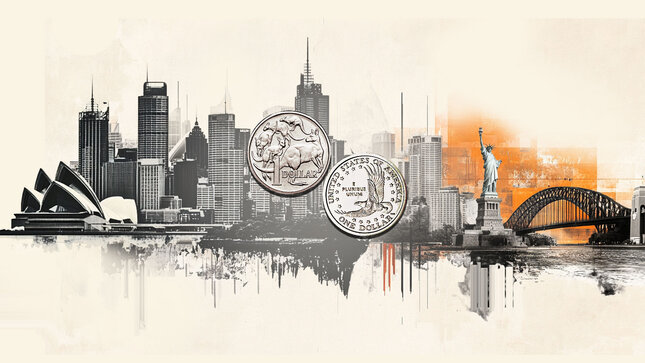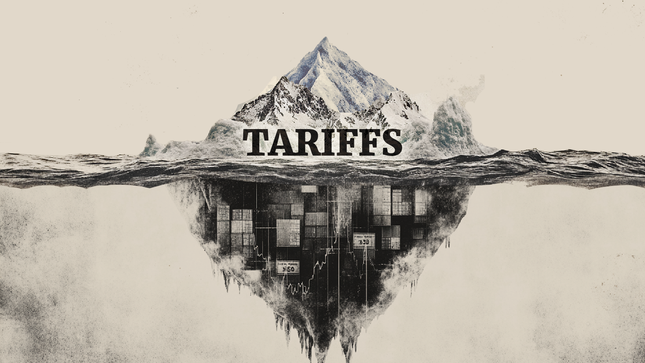
The Wall Street Journal (WSJ) reported late Thursday that Israel is prepared to attack Iran in the coming days if Tehran rejects a US proposal to limit its nuclear program, citing US and Israeli officials.
A senior Israeli official warned that a strike could come as soon as Sunday unless Iran agrees to halt production of fissile material, which can be used to make an atomic bomb.
Market reaction
At the time of writing, the Gold price (XAU/USD) is trading 0.08% lower on the day to trade at $3,380.
Risk sentiment FAQs
In the world of financial jargon the two widely used terms “risk-on” and “risk off” refer to the level of risk that investors are willing to stomach during the period referenced. In a “risk-on” market, investors are optimistic about the future and more willing to buy risky assets. In a “risk-off” market investors start to ‘play it safe’ because they are worried about the future, and therefore buy less risky assets that are more certain of bringing a return, even if it is relatively modest.
Typically, during periods of “risk-on”, stock markets will rise, most commodities – except Gold – will also gain in value, since they benefit from a positive growth outlook. The currencies of nations that are heavy commodity exporters strengthen because of increased demand, and Cryptocurrencies rise. In a “risk-off” market, Bonds go up – especially major government Bonds – Gold shines, and safe-haven currencies such as the Japanese Yen, Swiss Franc and US Dollar all benefit.
The Australian Dollar (AUD), the Canadian Dollar (CAD), the New Zealand Dollar (NZD) and minor FX like the Ruble (RUB) and the South African Rand (ZAR), all tend to rise in markets that are “risk-on”. This is because the economies of these currencies are heavily reliant on commodity exports for growth, and commodities tend to rise in price during risk-on periods. This is because investors foresee greater demand for raw materials in the future due to heightened economic activity.
The major currencies that tend to rise during periods of “risk-off” are the US Dollar (USD), the Japanese Yen (JPY) and the Swiss Franc (CHF). The US Dollar, because it is the world’s reserve currency, and because in times of crisis investors buy US government debt, which is seen as safe because the largest economy in the world is unlikely to default. The Yen, from increased demand for Japanese government bonds, because a high proportion are held by domestic investors who are unlikely to dump them – even in a crisis. The Swiss Franc, because strict Swiss banking laws offer investors enhanced capital protection.
Information on these pages contains forward-looking statements that involve risks and uncertainties. Markets and instruments profiled on this page are for informational purposes only and should not in any way come across as a recommendation to buy or sell in these assets. You should do your own thorough research before making any investment decisions. FXStreet does not in any way guarantee that this information is free from mistakes, errors, or material misstatements. It also does not guarantee that this information is of a timely nature. Investing in Open Markets involves a great deal of risk, including the loss of all or a portion of your investment, as well as emotional distress. All risks, losses and costs associated with investing, including total loss of principal, are your responsibility. The views and opinions expressed in this article are those of the authors and do not necessarily reflect the official policy or position of FXStreet nor its advertisers. The author will not be held responsible for information that is found at the end of links posted on this page.
If not otherwise explicitly mentioned in the body of the article, at the time of writing, the author has no position in any stock mentioned in this article and no business relationship with any company mentioned. The author has not received compensation for writing this article, other than from FXStreet.
FXStreet and the author do not provide personalized recommendations. The author makes no representations as to the accuracy, completeness, or suitability of this information. FXStreet and the author will not be liable for any errors, omissions or any losses, injuries or damages arising from this information and its display or use. Errors and omissions excepted.
The author and FXStreet are not registered investment advisors and nothing in this article is intended to be investment advice.
Editors’ Picks

AUD/USD weakens amid anti-risk flow; bearish USD could limit losses
AUD/USD drifts lower on Friday, although it remains confined within a multi-week-old trading range below the YTD high. Trade-related uncertainties and rising tensions in the Middle East weigh on investors’ sentiment and the risk-sensitive Aussie. The downside, however, seems limited amid the USD slump to a multi-year low.

USD/JPY seems vulnerable amid geopolitical risks, BoJ rate hike bets
USD/JPY prolongs its downtrend for the third straight day on Friday. The global risk sentiment takes a hit amid an escalation of geopolitical tensions in the Middle East, which boosts the JPY’s safe-haven status. The USD plummets to a two-year low amid rising Fed rate cut bets and contributes to the decline.

Gold price advances to one-month peak amid a global flight to safety
Gold price attracts buyers and climbs to over a one-month peak on Friday as rising geopolitical tensions in the Middle East underpin the safe-haven demand. Trade-related uncertainties, rising Fed rate cut bets, and a USD slump to over a two-year low provide an additional boost to the bullion.

US tariffs here to stay, trade deals ‘largely symbolic’
Despite legal challenges to IEEPA tariffs, US trade policy remains firm. Tariffs on steel and aluminium have doubled, and new sectoral tariffs are expected. Trade deals may emerge, but most will be symbolic. Effective tariff rates will stay high throughout 2025.








